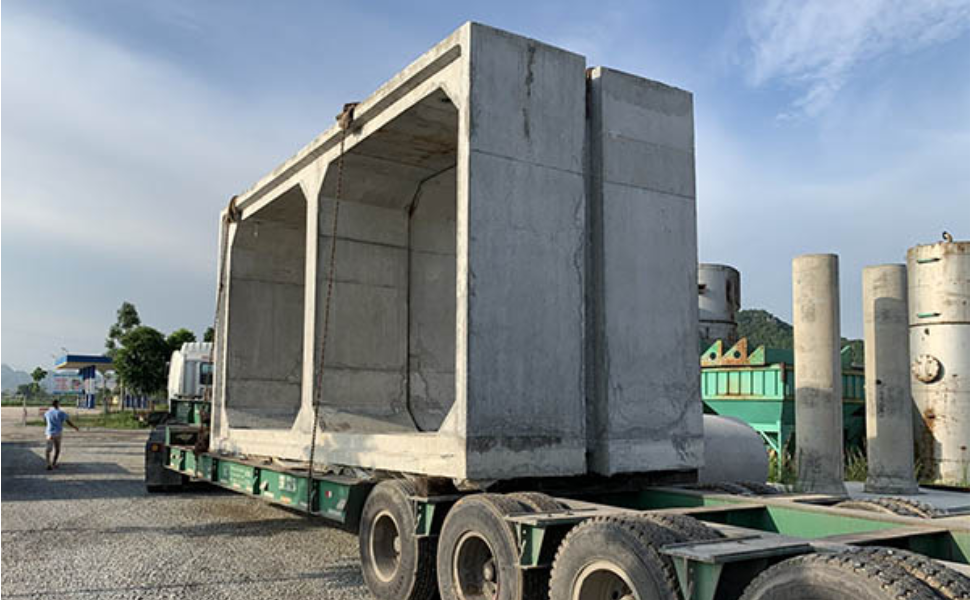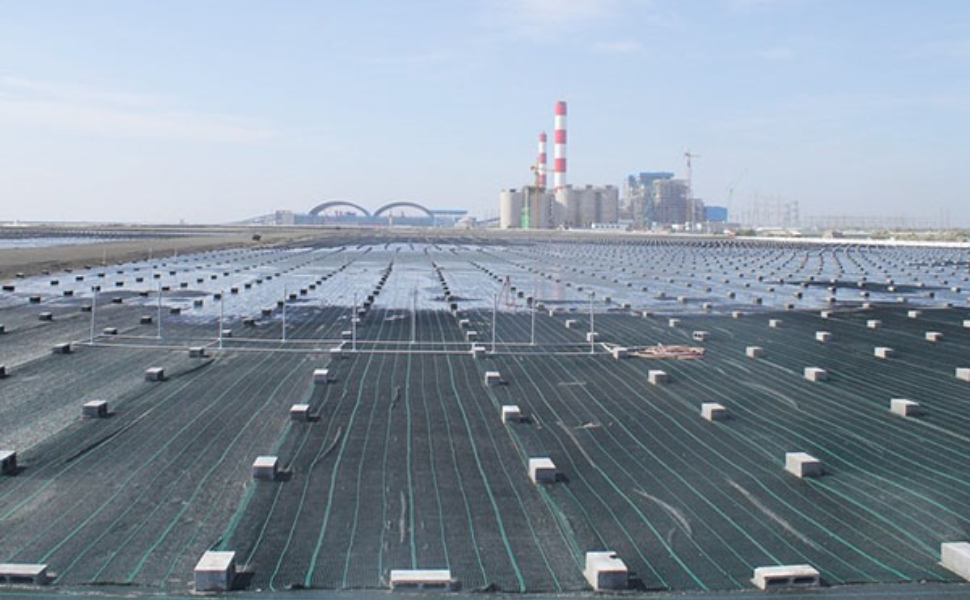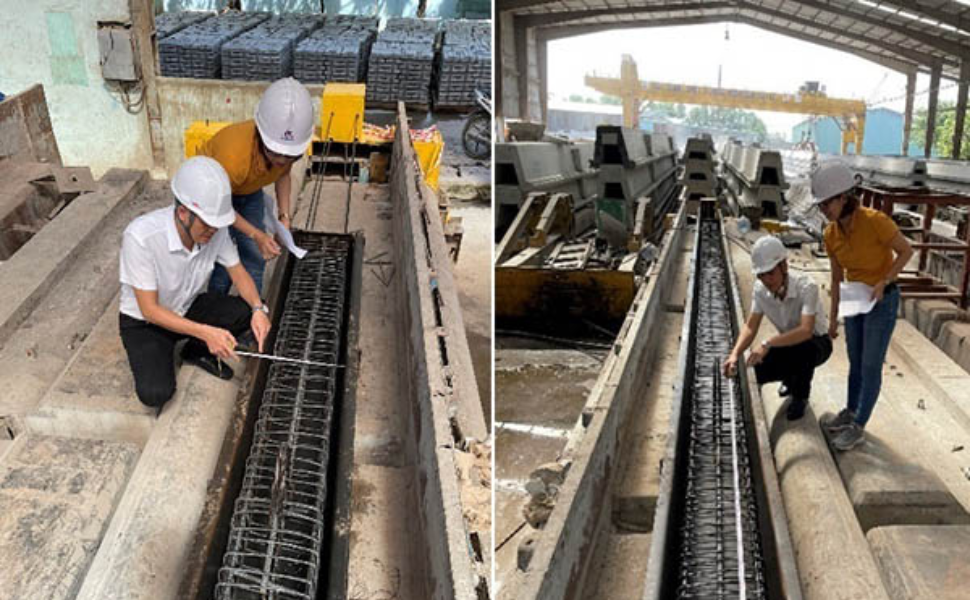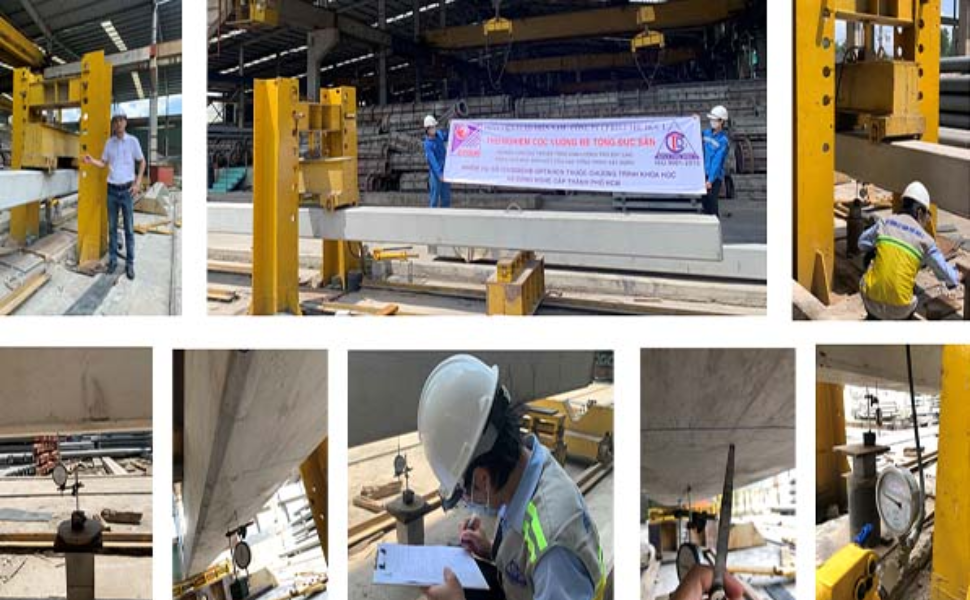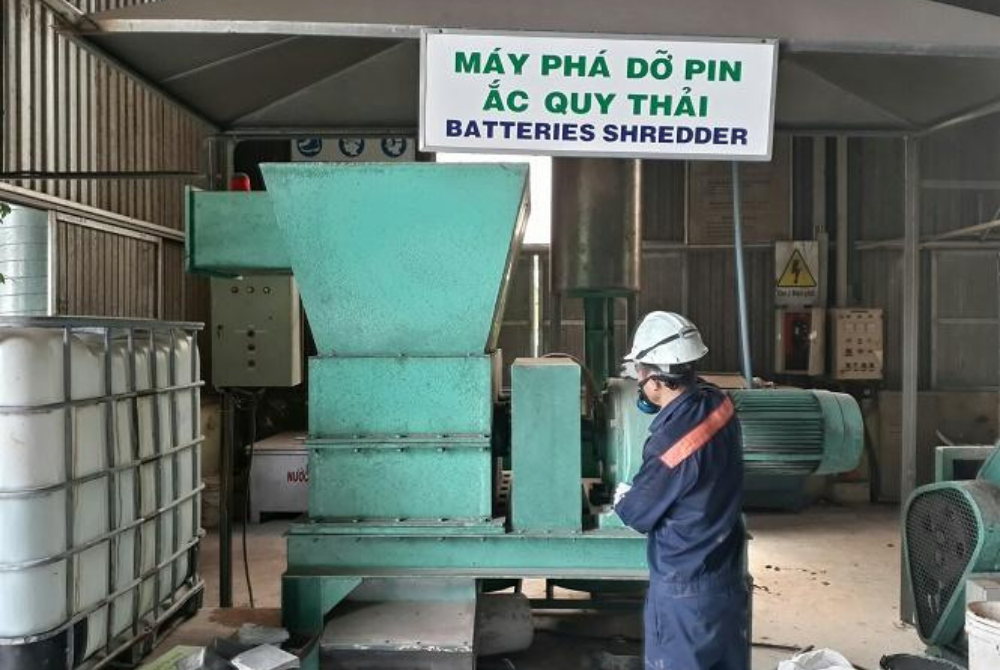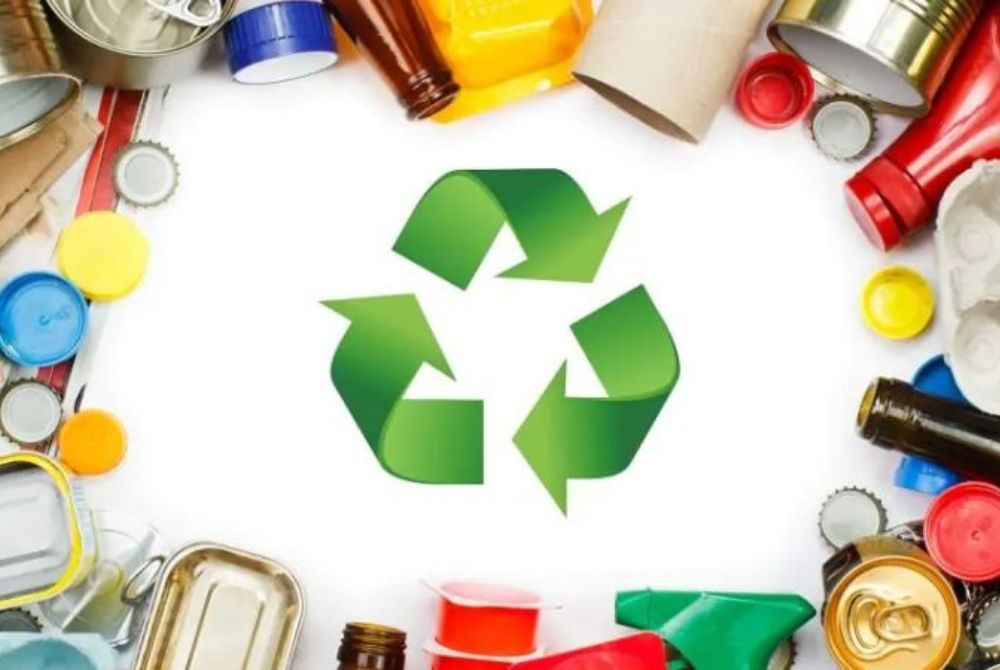Analyze high-fly ash in concrete to replace 80% of the cement
The Southern Institute of Building Materials has completed a successful study of using fly ash (waste from thermal power stations) as a concrete casting medium, reducing the quantity of cement and environmental pollution.
Concrete is very flexible in building. However, the manufacture of cement for concrete pollutes the environment.
Application of new technology.
Concrete is one of the most sustainable construction materials in terms of manufacturing and upkeep. However, cement is the most critical component in concrete (accounting for 5 - 20% of the total mass). This substance contributes to between 74 and 81% of GHG emissions.
Meanwhile, in Vietnam, more than 25 million tons of ash and slag are released each year, primarily from power plants around the nation. The majority of the ash and slag is removed from the landfill. If the ash is not recycled, the country's estimated reserves could reach 422 million tons by 2030. In the long run, fly ash will harm the ecosystem by consuming vast amounts of land and squandering resources.
Most of the ash and slag of Duyen Hai Thermal Power Plant (Tra Vinh province) are still waiting to be exploited and used instead of being buried and covered as they are currently.
Some nations have investigated the use of fly ash as a Green (Eco-Friendly) concrete-forming ingredient, with a recommended replacement ratio of 35% of the total mass of Portland Cement (ACI 211, ACI 232). Many experts claim that replacing cement with fly ash might save up to 50% or more. This form of concrete, known as HVFC (High Volume Fly Ash Concrete), also has certain advantageous qualities.
Based on the previous, the Southern Building Materials Institute's research team (Department of Building Materials - Ministry of Construction) completed the scientific-technological task "Research on the manufacture of high fly ash content concrete for construction structures" with a fly-ash replacing cement content of up to 80%.
According to Dr. Le Van Quang, the Mission's Head, HVFC is not the same as Geopolymer Concrete (which can replace 100% fly ash). HVFC does not need thermal maintenance or the usage of high alkalinity. The main disadvantage of HVFC is that its intensity grows slowly, especially at a young age. As a result, HVFC slows building progress, exploits labor, and makes it difficult to operate in cold weather.
The study groups built and tested a variety of materials, from high fly ash content concrete to replacement cement.
If HVFC concrete is utilized for structural purposes, the aging strength must be increased. So, in addition to the goal of using high fly ash to replace 80% of Portland Cement in structural concrete, we are also working to promote the early development of strength for this type of concrete, Dr. Le Van Quang emphasized.
Unlock new application:
The researchers utilized PC40 Nghi Son Cement, fly-ash from the Duyen Hai 1 Coastal Thermal Power Plant, tiny stuff (river sand, crushed sand), huge stuff (chalk), water, and Ca(OH)2 to produce HVFC concrete. Furthermore, the researchers employed superplastic additives, Silica fume, and chemical mixes to accelerate, freeze early, and boost early strength for HVFC concrete. As per Dr. Le Van Quang, the amount of calcium Ca (OH)2 supplied to the concrete is calculated to engage in the Puzolanic reaction with fly ash while also maintaining alkalinity to safeguard the steel core.
As a consequence, the researchers developed HVFC concrete with up to 80% fly-ash replacement cement ratio that fulfills mechanical parameters such as compressive strength, bending, compression shear, modulus of elasticity, and dry shrinkage. The results of the tests reveal that it is entirely applicable to reality since it boosted strength early and continues to build strength late, significantly above the standards.
In addition, the team used 80% fly ash HVFC concrete to substitute cement in the fabrication of steel-reinforced concrete piles. It's beneficial for nails in construction.
Concrete structures with high fly ash content meet standards of mechanization, which is highly applicable in practice.
Mr. Nguyen Huy Tai, Deputy Director of the Southern Region Construction Materials Institute, evaluated the matter and stated that HVFC concrete costs the same as regular commercial concrete, making it extremely practical. Furthermore, using up to 80% fly ash instead of cement can alleviate the problem of thermal effluent pollution, save resources, and cut GHG emissions.
The Ho Chi Minh City Department of Science and Technology recently acquired this topic. Vice Professor Dr. Vu Hong Nghiep, Chairman of the Subject Testing Board, said that all five members of the board evaluated the research to meet all the requirements set and the requirements compared to the Department's order. The product is highly versatile, opening up the opportunity to manufacture concrete products for application in many areas of social life.
Source: ximang.vn



